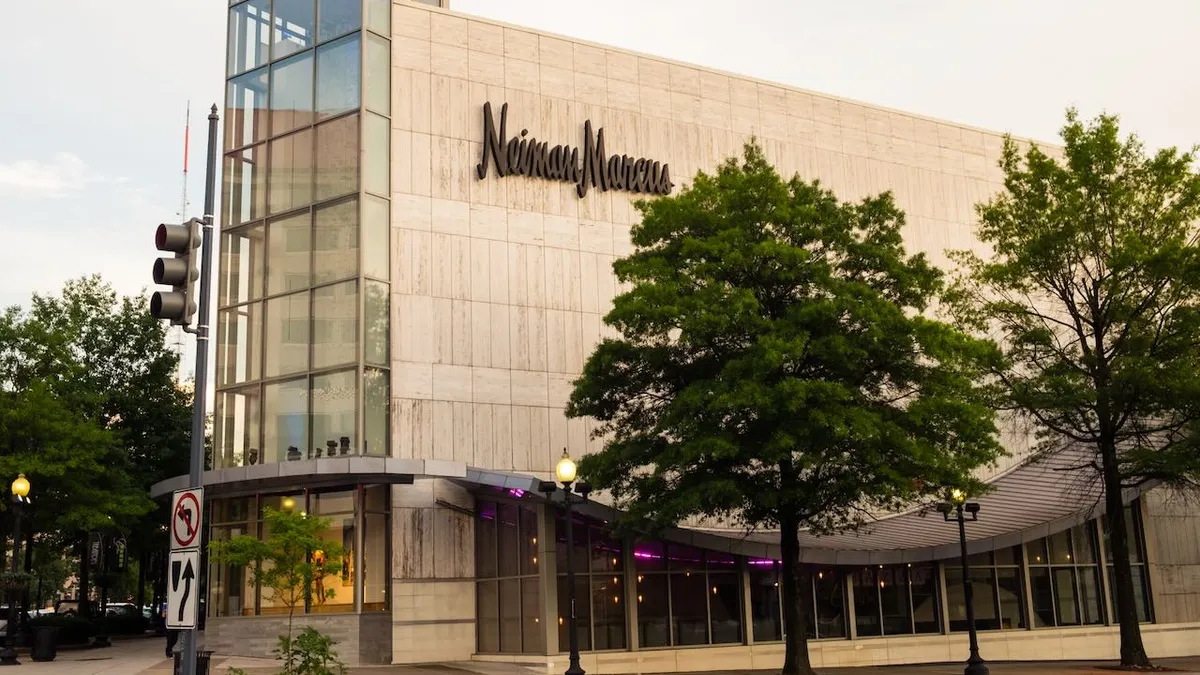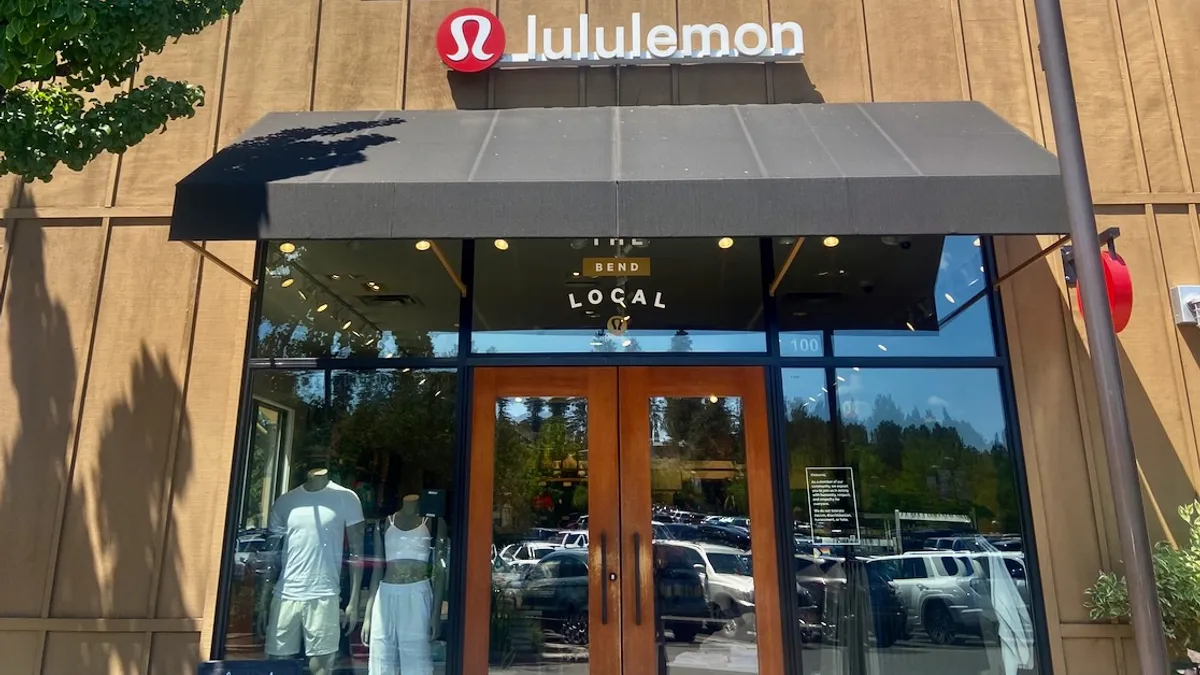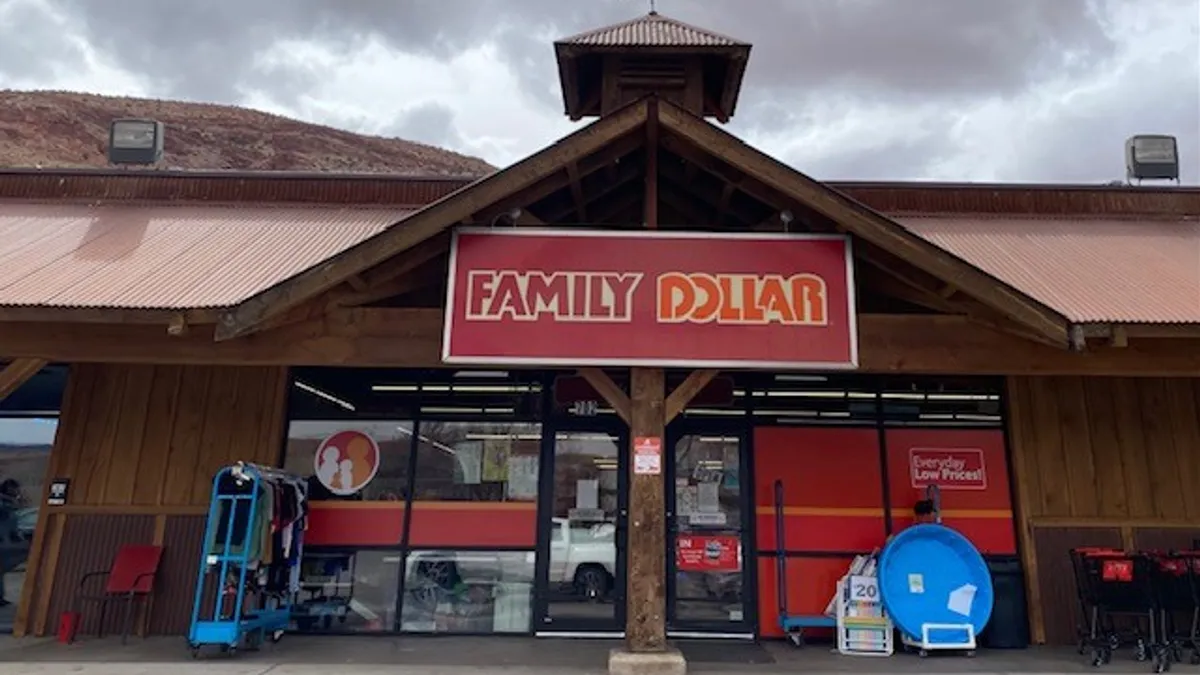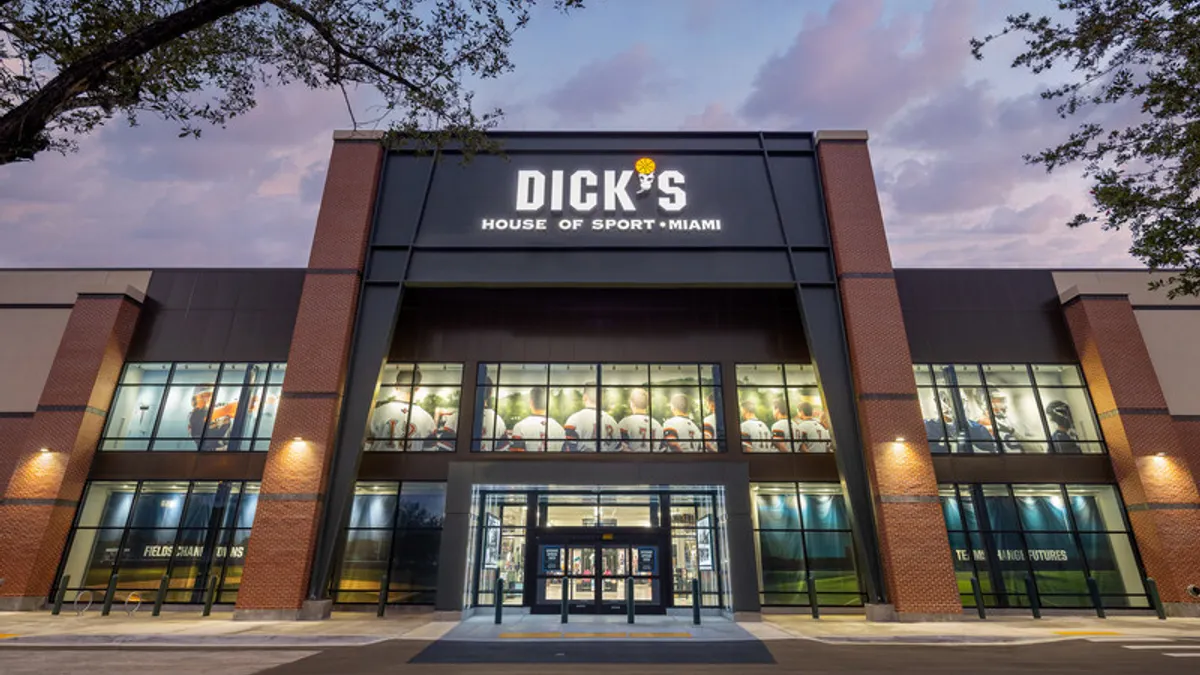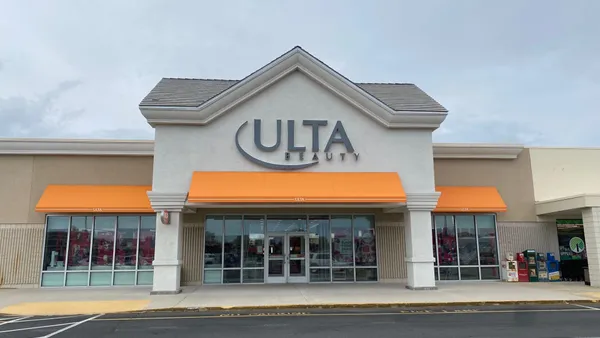Stein Mart entered Chapter 11 Wednesday for the simplest of reasons: It was out of money to operate, or was about to be.
And the reasoning isn't that much more complicated. After years of revenue declines, losses and efforts to sell itself to a savior, the company was bruised multiple times by the COVID-19 pandemic.
Don't expect any retail bankruptcies to not mention the pandemic for the foreseeable future. But Stein Mart was directly hurt in multiple ways that ultimately led it to bankruptcy and likely liquidation.
The company opened the year with an announced acquisition, by private equity firm Kingswood Capital Management and an entity controlled by Jay Stein, company chairman and grandson of its founder. That deal was canceled this spring after COVID-19 began its spread in the U.S., temporarily forcing Stein Mart's doors closed along with scores of other retailers.
The closures, of course, were painful as well, shutting off the valve of revenue that powered most of the retailer's business. Eventually, stores reopened. Customers returned, though in lower numbers than before. Even so, CEO Hunt Hawkins said in court papers that Stein Mart "may have been able to survive following the initial reopening of the stores with the support of its vendors, landlords and lenders."
But then July came. COVID-19 surged in several states around the U.S., including California (where Stein Mart has 25 stores), Texas (41 stores) and Florida (44 stores). Together those three states where the virus has surged this summer account for nearly 40% of Stein Mart's 281 stores.
Hawkins said the resurgence of the virus in the U.S. led to a decline in traffic to its stores. The July revenue drop-off was so bad that it was "impossible for the Company to propose a realistic repayment plan" to vendors for outstanding bills from before the shutdown, Hawkins said. Even worse, the company's projections showed it soon wouldn't have the liquidity to keep operating its business, at least as currently structured.
'A string of losses'
Stein Mart places itself in the off-price sector. Founded in 1908 by Sam Stein, the company's operating mission is to provide "the customer with unique, quality products at excellent prices."
According to Hawkins, the company's target customer is a "woman who is both style conscious and value seeking." He goes on: "She is typically married and college educated. She may be multi-cultural, works at least part-time in a professional position and has above-average household income."
The problem for Stein Mart is its demographic and category range has gobs of competition. In 2019, nearly half of its sales came from women's apparel and another 18% came from accessories and shoes. As an off-pricer, it has to contend with the giants TJX Cos and Ross Stores, as well as Burlington and mass merchants like Target. As a seller of name-brand apparel it has to compete with department stores, outlets, mall-based apparel and online retailers.
In that competitive climate, Stein Mart has posted sales declines and negative net income every since fiscal 2016, not withstanding efforts like adding Amazon lockers and BOPIS services.
"A string of losses and modestly declining sales stood in marked contrast to others in the off-price space and demonstrates the fact that Stein Mart is, compared to its rivals, the poor relation," Neil Saunders, GlobalData Retail managing director, said in emailed comments. "It lacks the scale of Ross, the buying savvy of TJMaxx, and the fashionability of Nordstrom Rack."
The company had made progress with its digital and omnichannel efforts. By 2019, omnichannel sales (a category that makes no distinction on where a product was fulfilled) accounted for 6% of Stein Mart's total sales.
But that share was still far too small to make up for traffic declines caused by the shutdowns and pandemic concerns.
Final search for a savior
In bankruptcy, Stein Mart is moving forward to liquidate its business. The store closing process is already underway, and the company has indicated it aims to sell its intellectual property and e-commerce business. Liquidation of the company is likely to fetch around $250 million, Hawkins said.
The chief executive left open the possibility of a savior — perhaps Kingswood — coming along and salvaging the company in whole or in part, but he acknowledged it is unlikely given the current retail market, upended as it is by the pandemic.
Stein Mart lost more than $60 million in cash in operations for the period ending May 2. (By comparison, operations generated $15.2 million in cash in the year-ago period.) That means anyone who swooped into to buy Stein Mart would have to stomach losses for an unknown period of time.
That's why, in Hawkins' words, Stein Mart concluded that "the immediate liquidation" of its assets was the best way to maximize value for its creditors. That $250 million would cover the liquidation process, Chapter 11 expenses and money owed to secured creditors. Other creditors, like vendors and landlords — not to mention nearly 8,000 employees — would be left in a lurch. (This week the company let go about half of its 340 corporate associates in its Jacksonville, Florida, headquarters, according to a company spokesperson.)
Since April, Stein Mart has continued talking with Kingswood about an acquisition, but "a transaction presently appears unlikely given the COVID-19 resurgence," Hawkins said. Since the Kingswood merger failed, the company's investment bank, PJ Solomon, has contacted more than a dozen parties about a deal, two of which have conducted due diligence, indicating serious interest. One of those parties looked into a possible Chapter 11 acquisition of a right-sized Stein Mart, but has made no offer to date. The other said it wouldn't be pursuing a deal.
That leaves an acquisition unlikely, and a full liquidation of Stein Mart the most probable outcome, with potential for its case to be converted to a Chapter 7, Hawkins said.
And so retail may lose yet another player this year. "There will likely be some interest in the brand assets of Stein Mart but, based on current trends, a lot of the store estate is unviable and will close," GlobalData Retail's Saunders said. "This will leave further gaps in many strip malls which are also suffering from the closure of players like Pier 1 and various Ascena brands."
It is a dismal turn for a company that, at the beginning of the year, saw a light at the end of the tunnel. And it speaks to a turbulent, uncertain and destructive time for retail.
As Saunders put it, "For a company that, at the start of this year, was in the process of selling itself to a private investment firm, the bankruptcy is an abrupt change in fortunes that shows the immense damage the pandemic has inflicted on retail."










